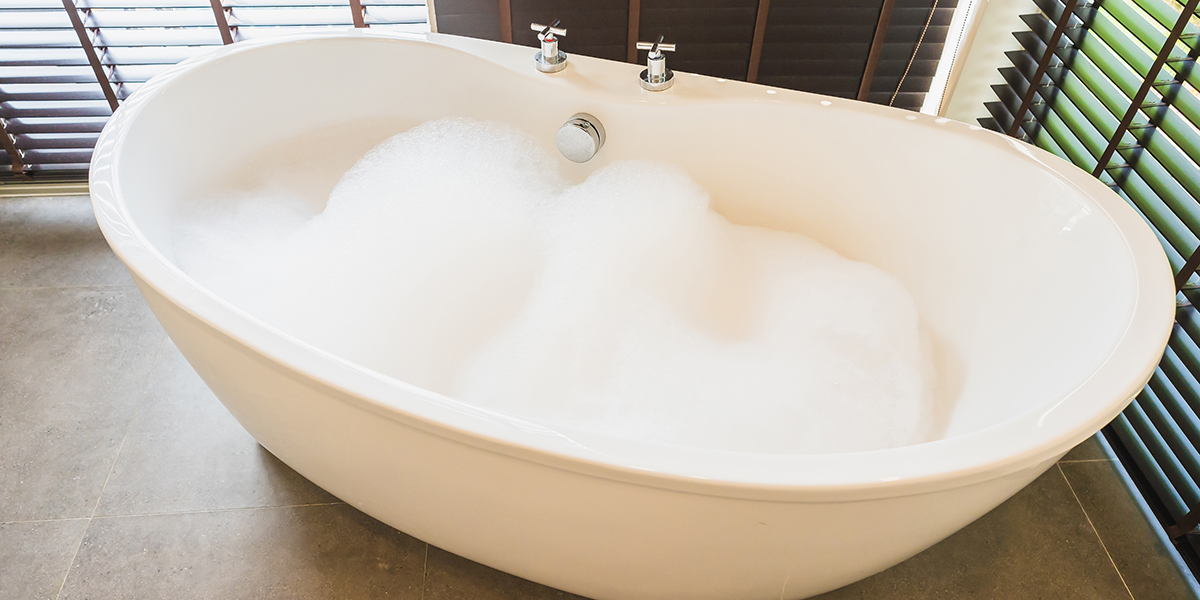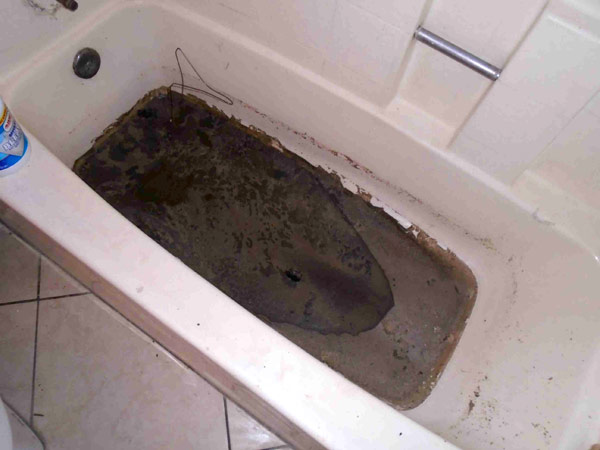My Comprehensive Guide: Sewage Rising Through the Bathtub
My Comprehensive Guide: Sewage Rising Through the Bathtub
Blog Article
In this article further down you can locate a good deal of wonderful information and facts in regards to What To Do If Sewage Starts Backing Up Into the Shower.

Sewage back-up in the bath tub can be a distressing and unsanitary problem for any home owner. Not just is it troublesome, but it likewise poses serious health dangers and shows underlying concerns with the plumbing system. Recognizing why sewer is turning up with the bathtub is vital for taking ideal activity to deal with the problem effectively.
Intro to the Concern
Understanding the Trouble
When sewage starts backing up right into the tub, it's a clear sign of a problem with the water drainage system. The wastewater that ought to be moving far from your home is instead discovering its back right into your space, which can bring about considerable damage and carcinogen.
Possible Reasons
A number of variables can add to sewage back-up in the tub. From blockages in the sewer line to problems with the plumbing framework, identifying the root cause is essential for discovering an option.
Typical Factors for Sewage Backup
Obstructions in the Drain Line
One of one of the most typical reasons for sewage backup is an obstruction in the sewage system line. This can take place due to the accumulation of debris, grease, or international things in the pipes, protecting against correct flow and causing sewer to support into your tub.
Tree Root Invasion
Tree roots looking for moisture and nutrients can penetrate sewage system lines via small cracks or joints. Gradually, these roots can grow and increase, creating considerable damages to the pipes and causing sewer backup concerns.
Aging Infrastructure
Older homes might have dated plumbing systems that are more prone to corrosion, cracks, and degeneration. As pipes age, they come to be more prone to leaks and clogs, enhancing the likelihood of sewage backup events.
Heavy Rainfall or Flooding
During periods of heavy rainfall or flooding, the sewer system may become overloaded with excess water, triggering back-ups and overflows. This can result in sewage backing up right into tubs and other fixtures inside the home.
Wellness Risks Related To Sewage Backup
Contamination of Water
Sewage backup can infect the water system in your home, presenting a serious wellness danger to you and your household. Direct exposure to contaminated water can bring about intestinal concerns, skin infections, and various other ailments.
Spread of Disease
Sewer contains harmful germs, infections, and bloodsuckers that can trigger a variety of conditions, consisting of hepatitis, cholera, and gastroenteritis. Entering contact with sewer or polluted surfaces puts you in danger of infection.
Mold and mildew Growth
Wetness from sewage backup can create ideal conditions for mold and mildew growth in your house. Mold spores can worsen respiratory system troubles and trigger allergic reactions in delicate individuals, making prompt cleaning necessary.
Indications of Sewage Backup
Foul Odors
Undesirable smells emanating from drains or fixtures, specifically in the shower room, may indicate sewer back-up issues. These odors are commonly solid and persistent, signaling an issue that calls for prompt focus.
Slow Draining Fixtures
Bath tubs, sinks, and commodes that drain gradually or otherwise in all could be experiencing sewage back-up. If numerous fixtures are influenced simultaneously, it's most likely that the problem originates from a common factor, such as the major drain line.
Gurgling Noises
Odd gurgling or gurgling sounds coming from drains pipes when water is running somewhere else in your home are a measure of air trapped in the plumbing system. This air build-up can result from sewage backup and should be explored immediately.
Immediate Actions to Take
Switching Off Water System
In case of sewer back-up, it's essential to shut off the water to stop additional contamination and damage. Locate the primary water shutoff valve in your home and shut it off until the issue can be resolved.
Getting In Touch With an Expert Plumber
Handling sewer back-up is not a DIY job. Call a qualified plumber with experience in managing sewage-related problems to assess the scenario and carry out necessary repairs or clean-ups.
Staying Clear Of Contact with Contaminated Water
Up until the sewage back-up is solved, avoid contact with polluted water to stop the spread of microorganisms and microorganisms. Use protective gear if you must remain in the afflicted location and wash your hands thoroughly later.
Preventive Measures
Regular Upkeep of Sewage System Lines
Set up routine examinations and upkeep of your sewer lines to identify and address possible concerns before they intensify into significant problems. This can consist of cleaning out debris, evaluating for tree root breach, and repairing any type of broken pipelines.
Installing Backwater Shutoffs
Consider installing backwater shutoffs in your plumbing system to stop sewage from flowing back right into your home throughout durations of heavy rainfall or flooding. These shutoffs automatically close when water draws back up, protecting your residential property from contamination.
Appropriate Disposal of House Waste
Prevent flushing anything besides toilet paper and human waste down the toilet to stop blockages and obstructions in the sewage system line. Dispose of oil, oil, and various other house chemicals correctly to minimize the risk of plumbing issues.
Cleaning Up After Sewage Back-up
Disinfection Procedures
Completely sanitize and disinfect affected areas after sewer back-up to remove dangerous germs and avoid mold growth. Usage ideal cleaning products and protective gear to make certain safe and effective cleanup.
Repair of Affected Areas
Fix any type of damage to flooring, wall surfaces, or components triggered by sewer back-up. Depending upon the level of the damages, you might require to change carpets, drywall, or other products to restore your home to its pre-loss condition.
Why Is Water Backing Up in My Bathtub When I Flush My Toilet?
What to do about a sewer line clog
First, don’t bother with plunging. No amount of plunging will dislodge the clog in a sewer line. The clog is too far away. Plungers are for clogs in the toilet itself, not the sewer line. Plus, the most likely causes of a sewer clog are:
Tree roots Flushed toys or feminine products Grease buildup Those items don’t move easily. And in the case of tree roots, the roots need to be cut out of the pipe and the pipe will need to be repaired.
You’ll need a closet auger. A closet auger is a type of plumber’s snake with a protective cover to keep from scratching the delicate porcelain toilet. If the clog is further down, you may need to remove the toilet or use one of your cleanouts to get to the clog.
We also recommend doing a video inspection of the drain to ensure that the cause of the clog has been completely removed. Otherwise, you could have the same problem again in a few days or weeks.
https://mspplumbingheatingair.com/blog/why-is-water-backing-up-in-my-bathtub-when-i-flush-my-toilet

I ran across that piece of writing on Water Coming up Bathtub Drain while doing a lookup on the web. Liked our post? Please share it. Help somebody else locate it. Thanks a bunch for your time. Come back soon.
Click Here
Report this page